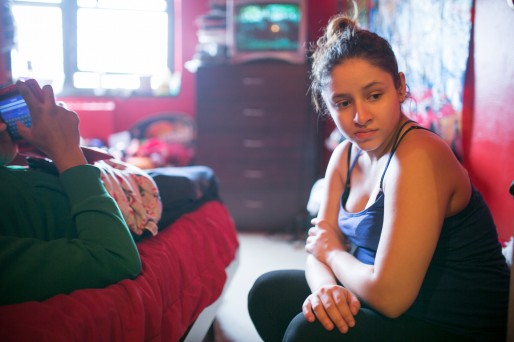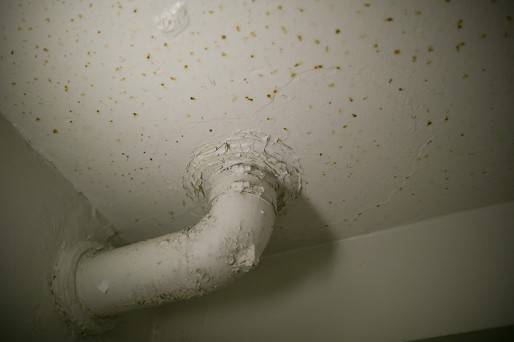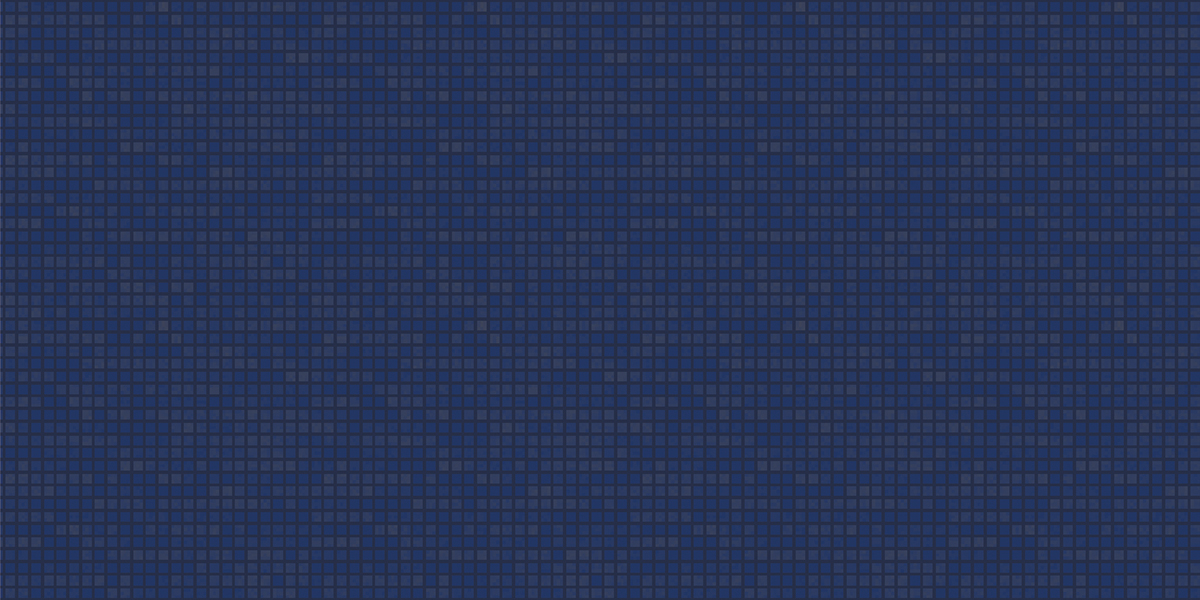CUNY Graduate School of Journalism is one of the 2014-15 winners of the Challenge Fund for Innovation in Journalism Education. See all 12 winners and the Honorable Mentions.
Team
- Jere Hester, Director, CUNY J-School’s NYCity News Service
- Greg B. Smith, New York Daily News Investigative Reporter
- Amanda Hickman, CUNY J-School Visiting Lecturer for Multimedia Storytelling and Data Visualization
- Kristen Lee, New York Daily News’ Digital Editorial Director
- Sandeep Junnarkar, CUNY J-School’s Interactive Director
- Adam Glenn, CUNY J-School Associate Professor for Interactive
Project links:
EXCLUSIVE: Mold still a growing problem for hundreds of NYCHA tenants a year after promise of fixes
EXCLUSIVE: Mold-ridden NYCHA buildings could trigger long-term asthma problems, health experts say
EXCLUSIVE: NYCHA paid $106 million in overtime to workers in 2014 — with plumbers at top of list
Tenants Again Sue a Housing Authority Crippled by Federal Cuts
Describe your project as a tweet
.@cunyjschool & @NYDailyNews crowdsource mold scourge in public housing to bring action/#accountability
What is your live news experiment?
Teaming with the New York Daily News, we’ll test high- and low-tech approaches to crowdsourcing to engage New Yorkers who are not hyperconnected to news. Working with public housing tenants, we’ll quantify the scope of a pressing mold problem, work with tenants to test for mold and track NYC’s court-mandated cleanup.
Our hypothesis is that Innovative audience engagement paired with experienced reporting can tell the whole story of a vulnerable community battling a serious health issue and get action. We’ll measure success by:
- The number of substantive responses to each query;
- Successful mold remediation by the New York City Housing Authority (NYCHA).
How is this project unique and innovative?
NYCHA, landlord to 400,000 low-income New Yorkers, recently agreed to unprecedented federal oversight of a mandate to remove mold from countless apartments within 15 days of a complaint.
This project will use engagement tools to track whether NYCHA – already backloaded with 400,000 housing repairs pre-Sandy – complies. Information gathered would close a gap in NYCHA’s repair system, which doesn’t track mold.
Combining graduate student reporters from a public university with the reach of a popular daily paper that’s long spotlighted this important environmental health story, we’ll take several approaches to engagement. We’ll invite residents to use SMS, email and web forms to tell – and show, with pictures – their story in varying levels of detail.

We’ll work with tenants who are already community leaders and can go door-to-door with our students, gathering information and testing for mold. We will become part of the community, virtually and in person.
By engaging tenants directly, we can begin to capture the problem’s extent. We can test tools and strategies for engaging an audience that isn’t part of most newsrooms’ source file. We’ll help residents use photos and lab tests to document mold infiltration, and we’ll use SMS surveys and mail-in coupons – promoted by the Daily News, fliers and neighborhood leaders – to encourage tenants to gather data and share stories.
We’ll produce valuable reporting, generate a network of sources that can tell more stories that matter to low-income New Yorkers – and pack a toolbox with new engagement/crowdsourcing approaches. We’ll present findings in a clear, innovative form (everything from mapping to a custom filterable tables. We can also overlay health and demographic information). We’ll spotlight the chain of responsibility – and, hopefully, prompt action.
We know of no other partnership that combines empowering a community to report on itself, sharing the findings digitally, and producing accountability/investigative journalism. Many past crowdsourcing efforts have involved lighter topics. Our project could lead to meaningful change in tenants’ lives, and lead others to tackle even more ambitious projects.
How will you collaborate?
We know from previous partnerships with news organizations that efforts work only with a combination of dedication/passion on all sides, and frequent, focused interaction.
That starts with building a plan for gathering information and presentation, with all – including students – involved throughout the process. We envision building a class and/or internship/fellowships around the project.

Journalists from the news organization would be a frequent presence in the classroom, and students and faculty will be immersed in the media organization’s newsroom. Working together on all facets of the project, we have a true opportunity to learn best practices from the newsroom and the classroom, and forge new collaborative strategies.
We also envision faculty and media professionals working in the field with the students, as they take on the major challenge of becoming part of these varied communities, where neglect can lead to suspicion.
What technology platforms will you use?
We’re looking at many options, including a mobile platform that would allow users to contribute their photo/gps info, via smart phones. We’d also deploy students with cameras and other digital reporting tools. While we haven’t ruled out creating a customized platform, we’d first turn to existing familiar ones, like Instagram.
Outreach will be key. We’ll try everything from social media to SMS to email lists and websites. We’ll start a database, and will use everything from pen and paper to Google forms for data collection. We can employ CartoDB or Google Maps for presentation. Part of the experiment is seeing what works and adjusting as necessary.
We expect a big part of outreach will involve low-tech communications – fliers, telephone conversations and perhaps radio ads, and interactions at community meetings, gaining the confidence of tenant leaders who could serve as guides and liaisons. Other technology: shoe leather and MetroCards.
Project update (provided in October 2014): In the end, we weren’t able to put in the time needed to make the Groundsource system work. We also struggled with whether we would have been better off making SMS our primary or only avenue for engagement, and avoid the mixed messages that came with our more “kitchen sink” approach to social media. We ultimately decided – and not without some healthy disagreement – that spirit of experimentation infused in the grant and the varied New York City public housing population necessitated trying a number of different engagement methods. We found that residents seemed most passionate about leaving voice messages on our Google Voice line in which they described their often frustrating situations and their sense that the city was not listening to their concerns. We interpreted this communications preference as people being eager to vocalize their concerns rather than undertake the more deliberate filling out of surveys via SMS.
How will this project provide an educational experience for students above and beyond their current learning?
Many students remain drawn to “traditional” reporting (video, photo, writing) but not all have embraced engagement. This partnership provides an opportunity to be immersed in meaningful community engagement and absorb its value.
Students will be asked to tackle multiple forms of crowdsourcing/reporting – and will see what works and what doesn’t and learn how to adjust quickly. They’ll become more comfortable with creative, responsible experimentation. They’ll also deal with journalists at the highest levels of the partner news organization.
The boots-on-the-ground aspect will make them stronger reporters – not only in interacting with people, but in learning how to better teach non-journalists to use simple digital tools to report on themselves and become more engaged citizen stakeholders. Students will become better collaborators – within news organizations and communities. We suspect they will be inspired as professional journalists to spearhead innovative projects and/or create their own new news products.
What are the real challenges you face in implementing this?
We face what all journalists face: getting door after door slammed in our face.
There’s a real possibility that we might not get buy-in from a population for whom suffering has led to suspicion of outsiders. Verification could become an issue, casting doubts on some the information gathered. The city could try to bar our reporters, toss our flyers in the trash, attempt to discredit us within the housing population before we’re able to build bridges and trust.
It’s possible that no matter how low we try to make the bar to entry, that people in crisis with limited means may not have the wherewithal to contribute or immediately see the value in doing so. But we also know that the measure of a true journalist is to keep knocking on those doors until someone lets you in.
If this project works, how might the media organization and academic institution change its practices?
We envision a spread of crowdsourcing not only within the media organization but throughout journalism. An impactful crowdsourcing project that improves the lives of people in public housing means crowdsourcing will be taken more seriously – and that our work will challenge others to come up with even more ambitious projects.
We can see community engagement, data collection and presentation becoming embedded throughout J-School the curriculum – and not just the purview of some select classes or high-profile projects. For The News, it could bring a change in how stories – on all levels – are conceived and executed.
The CUNY team provided an update on its project in a July 2015 report. The following are excerpts from that report.
Update: What is the most important impact of your experiment?
Beyond the action and attention our work has drawn to the mold crisis, we believe that the most important – and potentially longest lasting – impact rests in this enterprise as a model for future projects in both the journalism school and professional realms. Stop the Mold has spurred us onto ideas not only for more opportunities to spotlight problems in public housing, but to extend these reporting and engagement methods to other issues – all with an eye (or ear) on helping give vulnerable populations a voice. We’ve also seen the need – and gotten the inspiration – to create a digital tool (as mentioned earlier) that uses journalism to help people on a more personalized level.
Our latest efforts are aimed at using digitally delivered information to further empower the 400,000-plus NYC public housing community by spurring “personalized” action. We’ve created a tool that asks questions about a resident’s experience with mold in their apartments and guides them toward the best action they can take – including generating a customized mold complaint letter to the city that be sent with a single click.
At the very least, we’ve helped produce a band of young reporters who are adept at combining social journalism tools and shoe-leather reporting for projects of many types.
Update: What additional collaborations/partnerships have resulted from your project?
Our project drew the attention of a couple public health professors from elsewhere in the CUNY system. We wound up working informally last spring with a class based at CUNY’s Silberman School of Social Work. Junnarkar, Hester and some students paid multiple visits to the class, whose students offered some brief, but valuable assistance in canvassing and outreach. The greater value in the experience for both sides came in sharing the different methods used by the sociology/epidemiology world and journalists.
While we hoped from the start to build strong relationships with housing advocates, the dealings delved into unexpected – and, in some cases, unexpectedly satisfying – areas. We are currently working with one of the lead lawyers in the class-action suit on a digital personalization tool. We are seeking additional funding to bring this project to fruition.
In a sense, we also formed new relationships/partnerships with the students who stayed on the project as paid postgraduates (we nicknamed them the “mold fellows”). The nature of the relationship changed, in terms of their availability (members of our talented team went on to good part-time and full-time jobs), but also in terms of the increased sense of professionalism and self-direction fostered by the new arrangement and their training the previous semester.
Photos by Oresti Tsonopoulos (a student at the CUNY Graduate School of Journalism)

